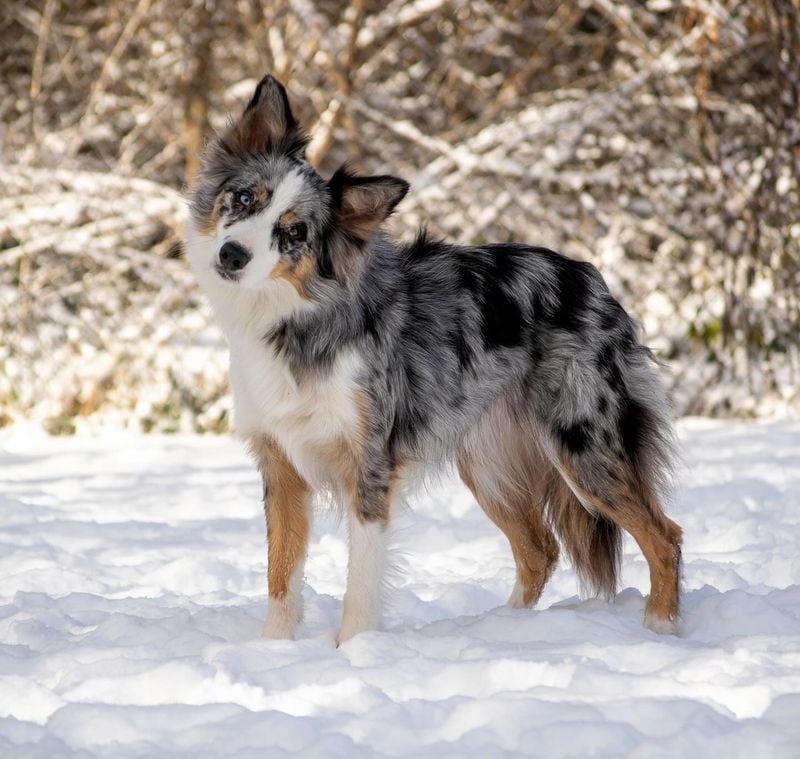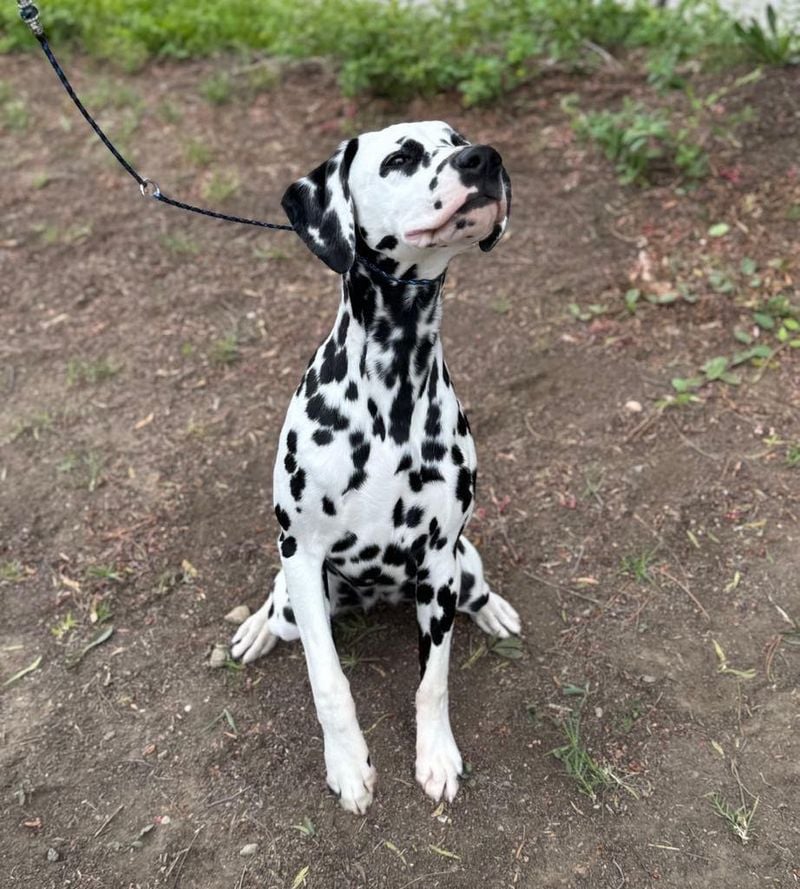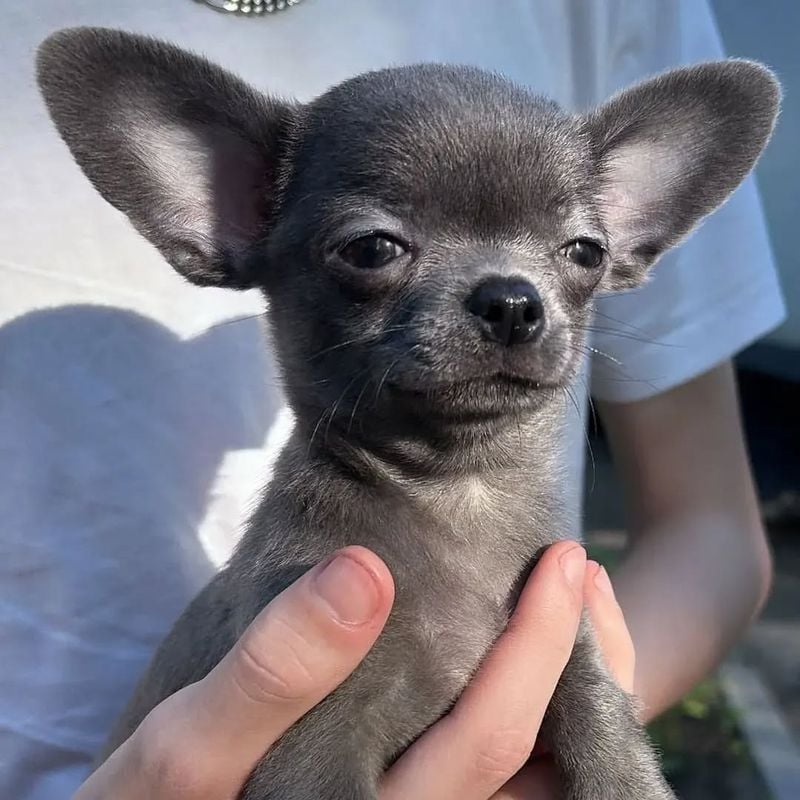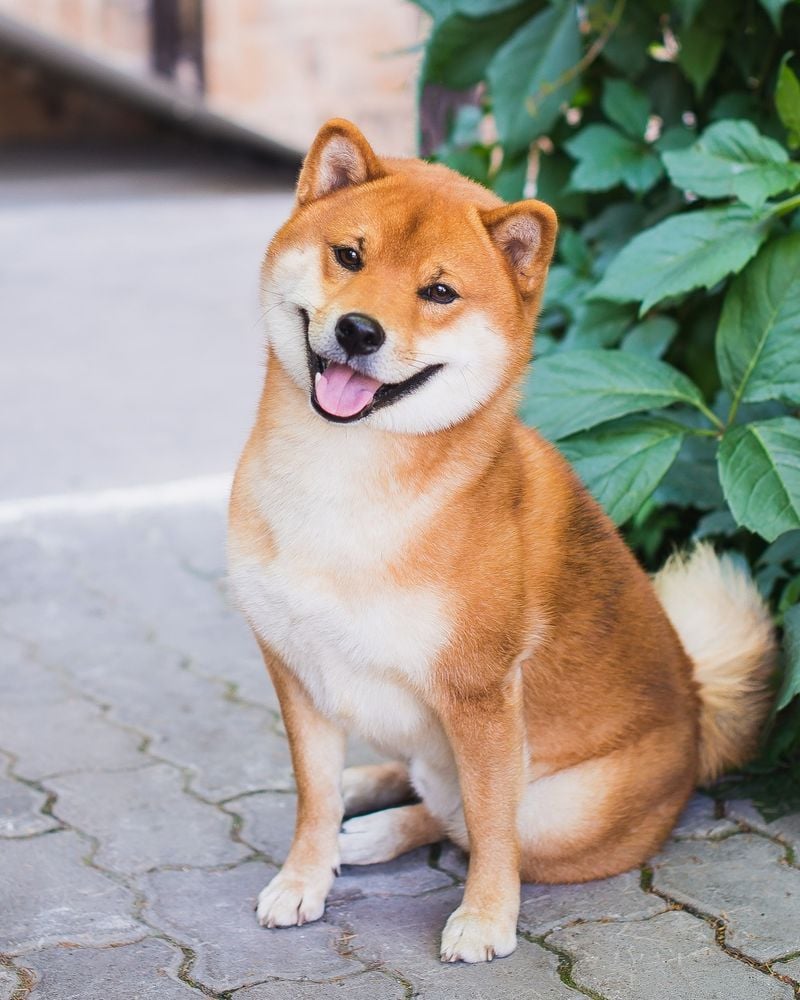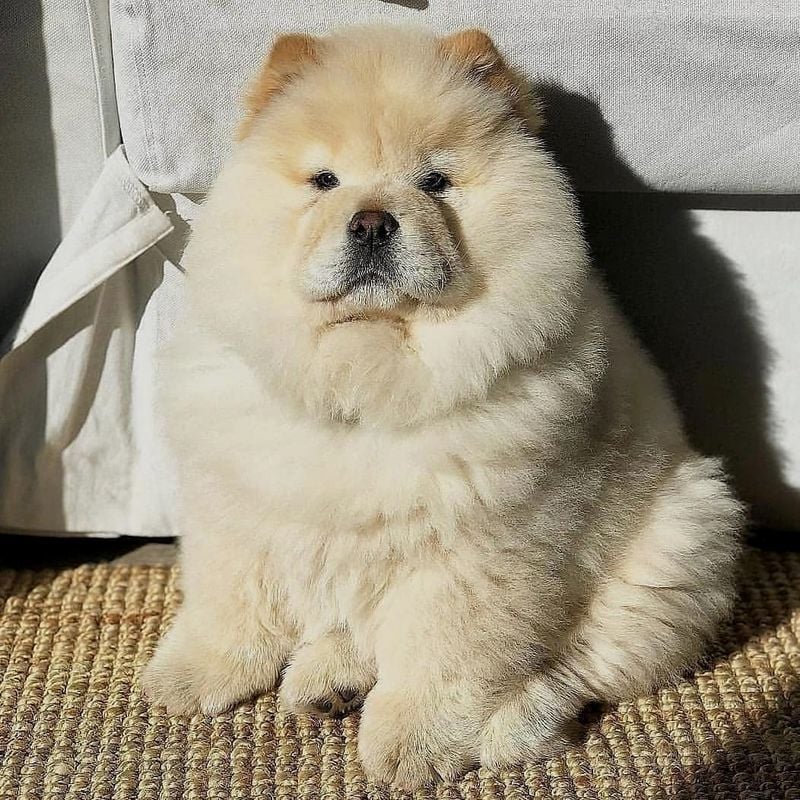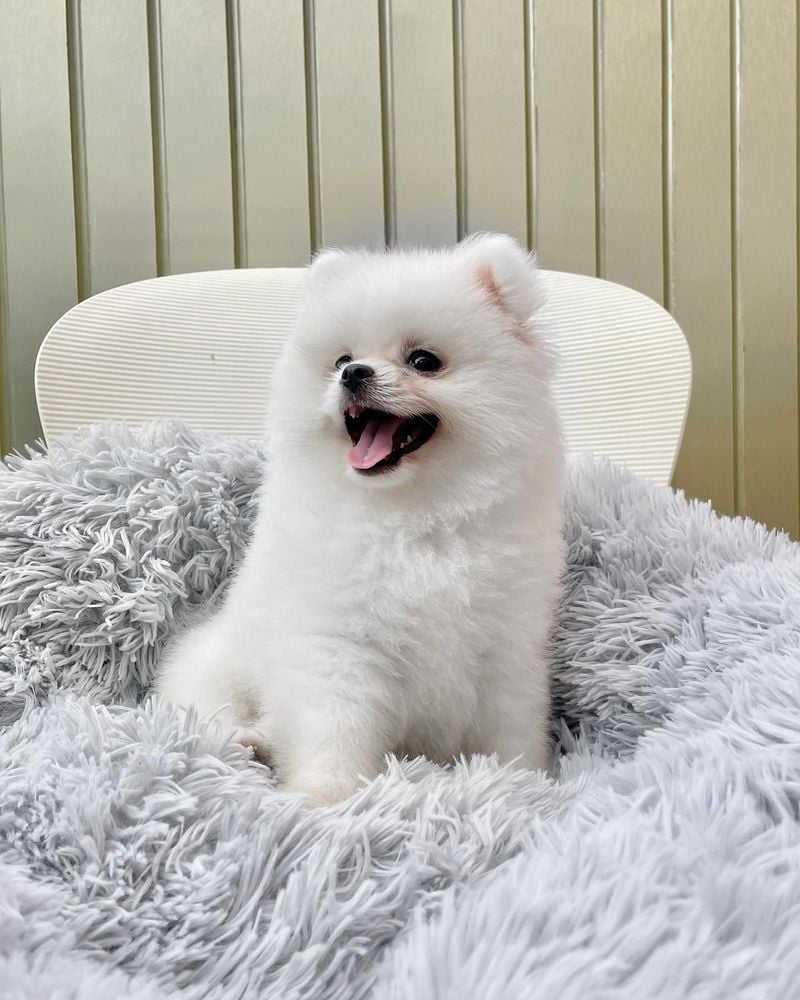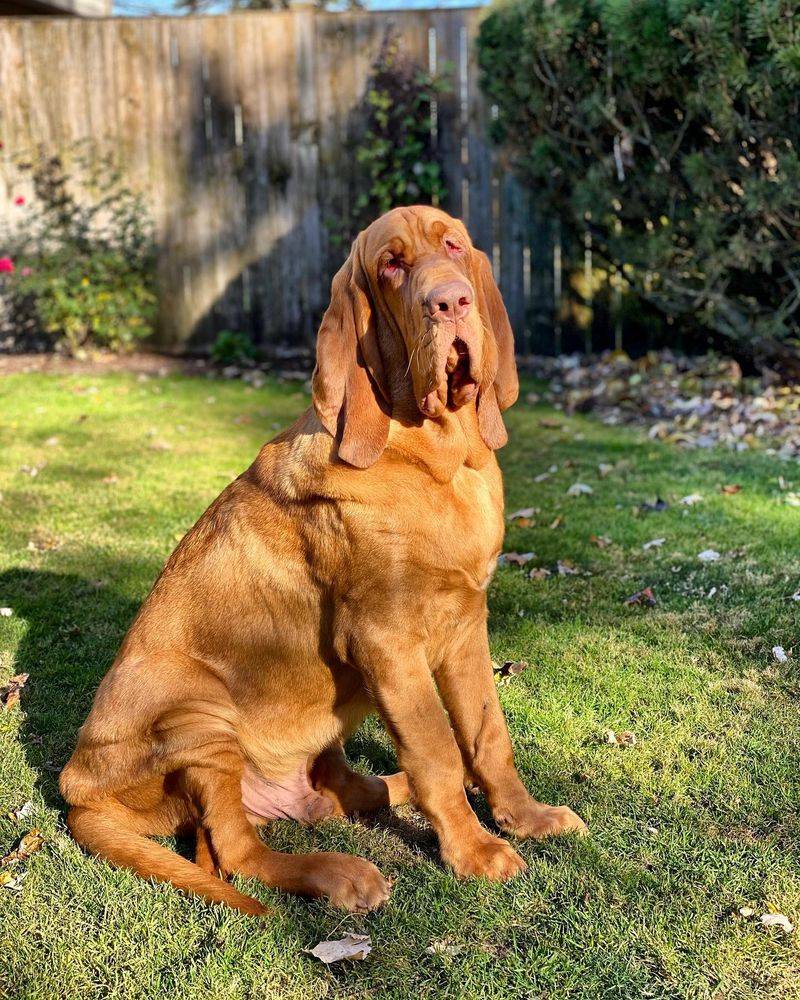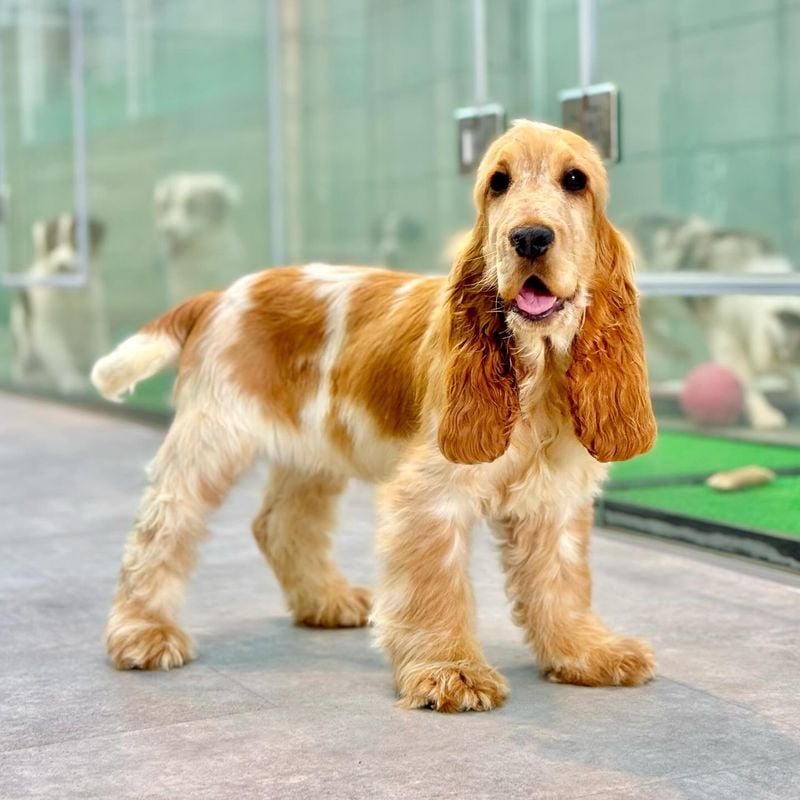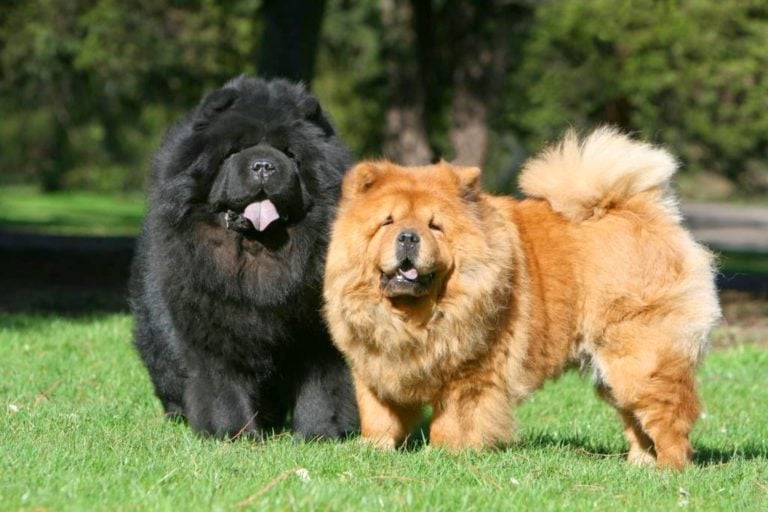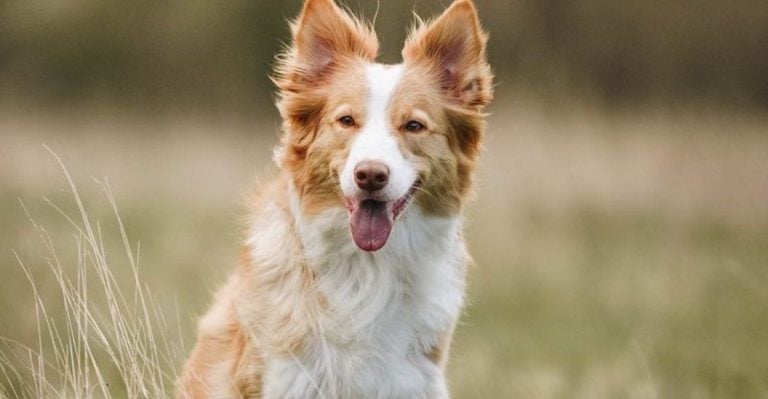18 Dog Breeds Most Likely to Misbehave (According to Experts)
Every dog lover knows that bringing a furry friend into your life comes with joy, companionship—and, let’s be honest—a fair share of training challenges. While dogs of all breeds can become loving, well-behaved companions with patience and consistent effort, some breeds carry unique behavioral quirks that can test even the most dedicated owners.
From stubborn independence to sky-high energy levels, these traits often trace back to the breed’s original purpose and personality.
Whether you’re a first-time dog owner or a seasoned trainer, understanding these tendencies ahead of time can make a huge difference. It’s not about labeling a breed “bad” or “difficult,” but rather appreciating the specific needs and challenges that come with them. When you know what to expect, you can tailor training methods, manage behaviors better, and build a stronger bond with your pup.
Certain breeds are renowned among trainers and veterinarians for requiring extra patience, specialized training approaches, and a good dose of creativity to keep them happy and well-behaved. Some are escape artists with a knack for mischief, while others might be vocal, stubborn, or prone to separation anxiety. Many have boundless energy that needs daily outlets, while others have hunting instincts that sometimes get them into trouble.
This article dives into some of the most commonly recognized dog breeds that often top the list for behavioral challenges. From the clever Siberian Husky to the spirited Jack Russell Terrier, and the loyal but strong-willed Akita, we’ll explore why these breeds act the way they do—and what owners can do to help them thrive.
1. Siberian Husky
Siberian Huskies are notorious for their Houdini-like abilities to escape from yards and homes. Their intelligence combines with a strong prey drive and independent nature to create a dog that’s constantly looking for adventure.
These beautiful dogs were bred to run long distances in harsh conditions, making them restless when confined to small spaces. They require substantial daily exercise and mental stimulation.
Huskies are also known for their vocal nature, often howling, whining, or ‘talking back’ when given commands they’d rather not follow. Without proper outlets for their energy, they’ll find creative—and often destructive—ways to entertain themselves.
2. Jack Russell Terrier
Boundless energy packed into a small frame makes Jack Russell Terriers challenging for unprepared owners. Originally bred for fox hunting, these dogs possess incredible stamina and a tenacious spirit that doesn’t quit.
Without adequate exercise—we’re talking hours, not minutes—Jack Russells often channel their energy into destructive behaviors like digging, chewing, and excessive barking. Their high intelligence means they quickly learn how to get into mischief.
Many Jack Russell owners report their dogs developing selective hearing, especially when distracted by potential prey. This breed requires consistent training from puppyhood and a commitment to providing both physical exercise and mental challenges daily.
3. Beagle
Beagles follow their noses first and their owners’ commands second—maybe third or fourth if something interesting catches their scent. These hunting dogs possess one of the most powerful noses in the canine world, with approximately 220 million scent receptors.
Training challenges arise from their scent-driven distraction and stubborn streak. Many Beagle owners struggle with recall commands, as their dogs simply tune out everything when tracking an interesting smell.
Food motivation leads to counter surfing and garbage raiding, while their howling can disturb neighbors. Despite these challenges, their friendly nature makes them beloved family pets—when they’re not leading their humans on unwanted adventures through the neighborhood.
4. Dachshund
Behind those adorable short legs and long bodies lies a tenacious, strong-willed personality that can challenge even experienced dog owners. Dachshunds were bred to hunt badgers underground, giving them a natural instinct to dig and a fearless determination that borders on stubbornness.
Many Dachshund parents struggle with housetraining, as these dogs are notoriously difficult to convince that indoor bathroom breaks aren’t acceptable. Their hunting heritage also makes them prone to barking at anything they perceive as a threat.
Separation anxiety commonly affects this breed, leading to destructive behaviors when left alone. Despite their small size, Dachshunds have big personalities that require consistent, patient training from an early age.
5. Border Collie
Border Collies rank among the most intelligent dog breeds, but this brilliance becomes problematic without proper outlets. These working dogs were designed to herd sheep for hours daily, making them ill-suited for sedentary lifestyles.
An understimulated Border Collie creates its own job—which might involve herding children, cars, or other pets. Their problem-solving abilities mean they can open doors, escape enclosures, and find creative ways to entertain themselves, often destructively.
Anxiety issues frequently develop in Border Collies without sufficient mental and physical exercise, leading to obsessive behaviors like shadow chasing or tail spinning. These dogs require dedicated owners who can provide daily structure, training challenges, and physical activity.
6. Weimaraner
Weimaraners earn their nickname “shadow dogs” by following their owners everywhere—including into bathrooms and closets. This intense attachment makes them prone to severe separation anxiety when left alone, even briefly.
Their athletic builds and hunting background translate to tremendous energy that requires significant daily exercise. Without proper outlets, Weimaraners become destructive, often demolishing furniture, walls, and doors when anxious or bored.
Training challenges arise from their stubborn streak and high intelligence. Many Weimaraner owners report their dogs understanding commands perfectly but choosing to ignore them. These silver-gray beauties need owners who understand their need for companionship, exercise, and consistent boundaries.
7. Australian Cattle Dog
Australian Cattle Dogs were bred to nip at cattle heels and withstand kicks—creating a tough, tenacious breed that needs a job to stay out of trouble. Without work, these dogs often resort to herding family members by nipping at heels, especially running children.
Their intelligence and problem-solving abilities make them masters at finding loopholes in rules. Many owners report their Cattle Dogs learning to open refrigerators, gates, and even windows.
Boundless energy combined with territorial instincts can lead to overprotective behaviors and reactivity toward strangers and other animals. These dogs thrive with experienced owners who can provide consistent training, boundaries, and daily physical and mental challenges.
8. Dalmatian
Behind those iconic spots lies a high-energy, sensitive breed that requires special handling. Dalmatians were bred to run alongside horse-drawn carriages for miles, giving them stamina that far exceeds most family’s exercise routines.
Without sufficient physical activity, Dalmatians become hyperactive and destructive indoors. Their sensitivity makes them prone to anxiety, which can manifest as excessive barking, chewing, or even aggression if not properly socialized.
Many Dalmatian owners underestimate the breed’s exercise needs, leading to behavioral problems. These dogs require patient, consistent training and at least 1-2 hours of vigorous daily exercise. Despite their challenges, well-trained Dalmatians make loyal, affectionate companions for active families.
9. Chihuahua
Don’t let their diminutive size fool you—Chihuahuas often pack Napoleon complexes into their tiny frames. Many owners inadvertently encourage bad behavior by treating these small dogs differently than they would larger breeds.
The “small dog syndrome” commonly seen in Chihuahuas includes excessive barking, resource guarding, and even snapping at humans. Their territorial nature makes them suspicious of strangers, often resulting in reactive behaviors that owners mistakenly find cute rather than problematic.
Housetraining presents another challenge, as their small bladders combine with stubborn streaks to make indoor accidents common. Despite these challenges, properly trained Chihuahuas can be delightful companions who simply need the same consistent boundaries as larger dogs.
10. Bulldog
Bulldogs present a unique challenge: their stubborn nature combined with low energy levels makes them resistant to both training and exercise. Once these stocky dogs decide they don’t want to do something, their determination is nearly impossible to overcome.
Many Bulldog owners struggle with basic commands, as these dogs simply plant their sturdy bodies and refuse to comply. Their tendency toward laziness contributes to obesity problems, which further decreases mobility and willingness to exercise.
Housetraining difficulties arise from their stubborn streak, while their flat faces lead to snoring, drooling, and flatulence that some owners find challenging to live with. Despite these quirks, their loving, gentle nature makes them beloved companions for those who appreciate their unique personalities.
11. Shiba Inu
Shiba Inus have skyrocketed in popularity thanks to internet memes, but many new owners are unprepared for their challenging personalities. These ancient Japanese hunting dogs possess a cat-like independence that makes them resistant to traditional training methods.
The infamous “Shiba scream”—a high-pitched vocalization when they’re unhappy—can startle unprepared owners. Their strong prey drive leads to poor recall reliability, making off-leash activities risky.
Shibas often display resource guarding, territorial behaviors, and same-sex aggression without proper socialization. Despite these challenges, their loyalty and cleanliness appeal to experienced owners who appreciate their fox-like appearance and understand their need for consistent, respectful training.
12. Akita
Akitas combine immense physical strength with strong protective instincts, creating a breed that requires experienced handling. These dogs were bred to hunt bears in Japan, giving them confidence and independence that can translate to stubbornness during training.
Their natural suspicion of strangers and territorial nature makes socialization crucial yet challenging. Without proper training, Akitas may become overly protective, leading to aggression toward visitors or other animals.
Food aggression and resource guarding commonly occur in this breed, requiring consistent boundaries from puppyhood. Despite these challenges, well-trained Akitas form deep bonds with their families, displaying loyalty that’s unmatched by many other breeds.
13. Chow Chow
Behind that adorable teddy bear appearance lies one of the most independent and stubborn dog breeds. Chow Chows are known for their cat-like personalities—aloof, dignified, and not particularly concerned with pleasing their humans.
Their territorial nature makes them suspicious of strangers, leading to potential aggression without proper socialization. Many Chow owners struggle with basic training, as these dogs often see commands as optional suggestions rather than requirements.
Their thick double coats require extensive grooming, which can be challenging as Chows typically dislike being handled extensively. Despite these difficulties, well-socialized Chows form deep bonds with their chosen people, though they’ll always maintain their independent spirit.
14. Afghan Hound
Afghan Hounds carry themselves with regal dignity, often treating training sessions as beneath their aristocratic sensibilities. Their independent nature stems from their history as hunting dogs that worked far from human handlers, making decisions on their own.
Training challenges arise from their tendency to become bored quickly and their selective listening skills. Many Afghan owners report their dogs understanding commands perfectly but choosing to ignore them unless motivated by something worthwhile.
Their sensitive nature makes them prone to dramatic reactions to minor inconveniences—refusing to walk in light rain or avoiding certain floor surfaces. Despite these quirks, their elegant beauty and gentle affection make them beloved companions for owners who appreciate their unique personalities.
15. Bichon Frise
Bichons might look like fluffy clouds of joy, but their extreme attachment to their people creates significant behavioral challenges. These dogs commonly develop severe separation anxiety, leading to destructive behaviors, excessive barking, and inappropriate elimination when left alone.
Their cute appearance often leads owners to excuse bad behavior, resulting in small dog syndrome. Housetraining difficulties plague many Bichon owners, as these dogs can be particularly stubborn about where they do their business.
Attention-seeking behaviors like jumping, pawing, and demanding barking develop when these dogs learn that such tactics successfully gain human attention. Despite these challenges, their affectionate nature makes them wonderful companions for owners who can provide consistent training and plenty of companionship.
16. Pomeranian
Pomeranians pack outsized personalities into their tiny, fluffy bodies, often believing they’re much larger than they actually are. Their tendency toward excessive barking tops the list of behavioral challenges, with many Pom owners struggling to quiet these vocal little dogs.
Small dog syndrome frequently develops when owners fail to set proper boundaries, creating pushy, demanding behaviors. Many Pomeranians become resource guarders, growling over food, toys, or their favorite people.
Their intelligence combined with a stubborn streak makes training challenging despite their ability to learn quickly. Despite these issues, properly trained Pomeranians make charming, spirited companions who bring energy and personality to their homes.
17. Bloodhound
Bloodhounds possess the most powerful noses in the dog world, with over 300 million scent receptors—and this incredible ability creates unique behavioral challenges. Once they catch an interesting scent, these dogs become completely deaf to commands, following their noses with single-minded determination.
Their drooling, slobbering, and distinctive hound odor present hygiene challenges for house-proud owners. Many Bloodhound parents struggle with destructive behaviors stemming from boredom, as these intelligent dogs need mental stimulation beyond their keen sense of smell.
Despite their gentle nature, their size and strength can make them difficult to control on leash when they decide to track a scent. Patient training and understanding their scent-driven nature are essential for living harmoniously with these droopy-eared trackers.
18. Cocker Spaniel
Cocker Spaniels combine sweet temperaments with highly sensitive natures that can lead to challenging behaviors. Submissive urination—peeing when excited or nervous—tops the list of issues that frustrate Cocker owners, particularly during greetings or when the dog feels intimidated.
Their people-pleasing nature paradoxically makes them prone to separation anxiety when left alone. Many Cockers develop resource guarding despite their otherwise gentle dispositions, becoming protective of food, toys, or sleeping areas.
Their beautiful, flowing coats require extensive grooming, which can trigger anxiety in sensitive individuals. Despite these challenges, their loving nature and eagerness to please make them wonderful family dogs when their sensitivity is understood and accommodated.





